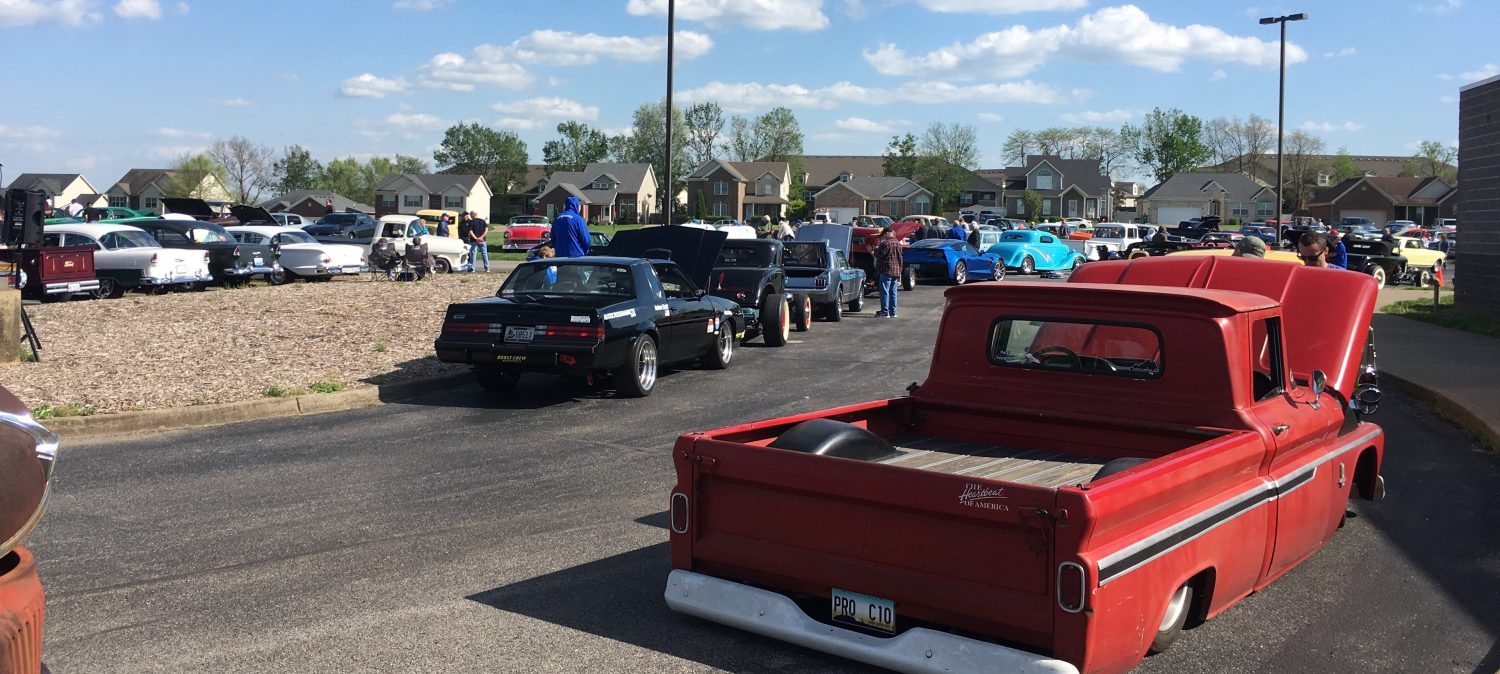So, this entry marks the beginning of my documentation of my engine rebuild. Any big project needs some goals. Without goals, you have no idea if you’ve been successful, or even if you’re complete.
With that in mind, let’s back up and talk about my goals for next year:
- Multiple Optima USCA events, possibly as many as four
- Multiple National-level SCCA events
- MidWest Muscle Car Challenge
- Enough local events to be competitive for a regional trophy
This is an ambitious list, but it tells me what I need to get out of this engine build:
- Reliability – this new engine needs to be bulletproof.
- More power – If I’m going to play in the Optima playground, I need more juice. The transmission can take it.
- Less weight – The car is too heavy. Shaving a couple of hundred pounds will make everything better. Better handling, more tire life, less load on drivetrain and suspension parts, and on and on.
- Better brakes – The brakes are inadequate. Even with ducting added, I cracked a brand new rotor at NJMP. One event per set of rotors simply isn’t sustainable
So those are the goals for the winter build. In this entry, I’m going to talk about the first two: reliability and power.
There’s an adage: fast, cheap, or reliable: pick two.
I have decided to pick fast and reliable. My last build was fast and cheap, and it is now going to cost me dearly. But if I do this right, I won’t have to touch this engine for three seasons, and at that point I should be just looking at a bearing and gasket refresh.
So what am I planning to address the reliability issues? Well, if you read my earlier posts diagnosing the failure, I need to address boost control, head sealing, crankshaft flex, and very likely heat.
The crankshaft flex leads to an obvious solution: a better crankshaft. This build is getting a 4340 forged steel crank.
4340 forged steel has double the tensile strenght of cast iron, and 50% more than cast steel. This crankshaft won’t bend like my stock crankshaft did. This will leave me with even bearing wear, less vibration, and an ability to handle much more power without twisting.
Connecting the crank to the pistons are the connecting rods. Since I trashed one of my OE rods, I needed a new set anyway. I again spring for forges pieces. Molnar H-beam connecting rods.
Being forged, these rods are at least twice as strong as the original cast rods. These rods feature ARP’s highest quality rod bolt set, and the small end is bushed in brass. Brass is an interesting alloy. It’s porous. It will actually absorb oil, then release it in situations where the oil supply is reduced, effectively lubricating itself. Plus the metal is soft, it will yield where other metals would scuff or even tear. This reduces friction at the small end of the rod. Less friction is less heat is less load on the oil and cooler piston which is less likely to detonate, and the wristpins are much less likely to break under extreme use.
Complementing the crankshaft and rods will be a JH SFI-approved neutral balance flexplate to replace my bent stocker, as well as a BJH SFI-approved neutral balance harmonic balancer. The SFI approval ensures the parts are a) actually balanced, and b) won’t explode at extreme RPM ranges. They’re tested to 12,000 RPM, double what this engine should actually see. That’s a large safety margin. On top of all of that, these new pieces are lighter than the OE parts by a couple of pounds. A pound off the crank is worth something like 3-4 horsepower to the ground.
Speaking of power, astute readers will have noticed the stroke marked on the crankshaft. 3.625. This is a increase in stroke of 0.224″ over the stock 3.4″ stroke. The rods are also longer to compensate for the stroke, and I’m currently waiting on a custom set of pistons to fit everything together.
This extra stroke is where I’m getting my extra power. It should be worth an easy 150-200 additional ft-lbs of torque and 50-70 horsepower. This additional torque and the airflow that comes with it will help the car’s ability to accelerate out of low speed turns on autocross courses, and the turbocharger will spool faster.
I will also be replacing several of the main caps in the block with billet steel units, to hold this new crankshaft firmly in place.
All together, these bottom end improvements will go a long way towards increasing the strength of the engine.
Stay tuned for future installments, where I’ll talk about the valvetrain, oiling, heads, how to keep it from detonating again, assembly, and tuning.
